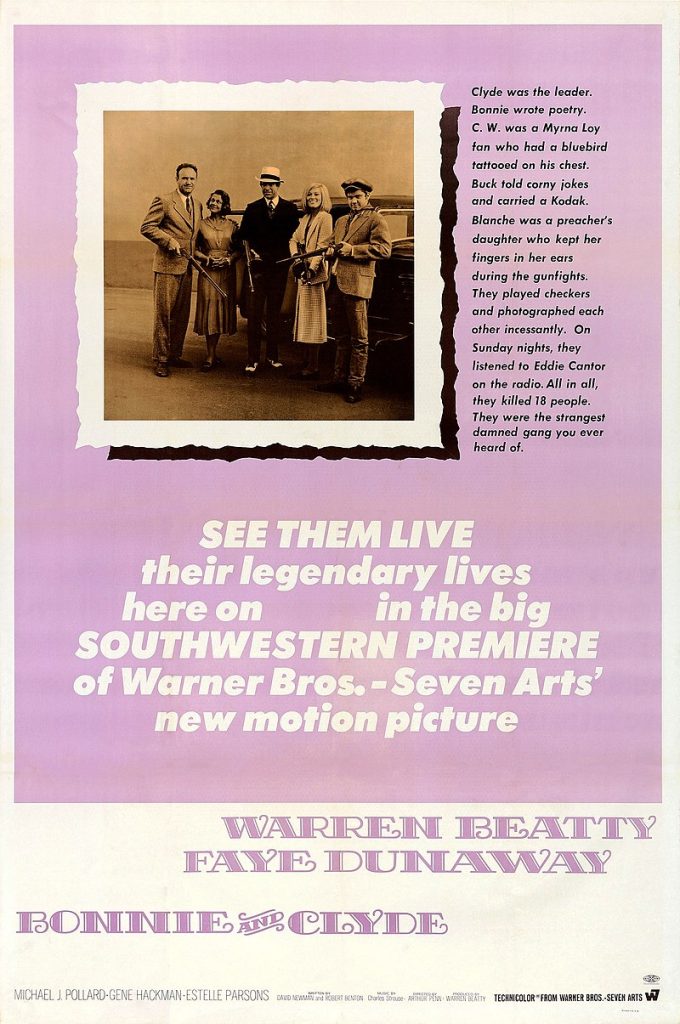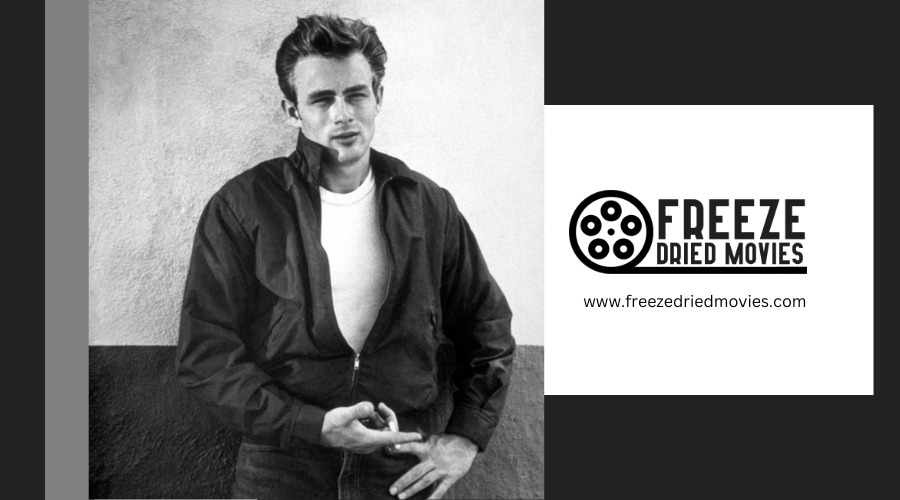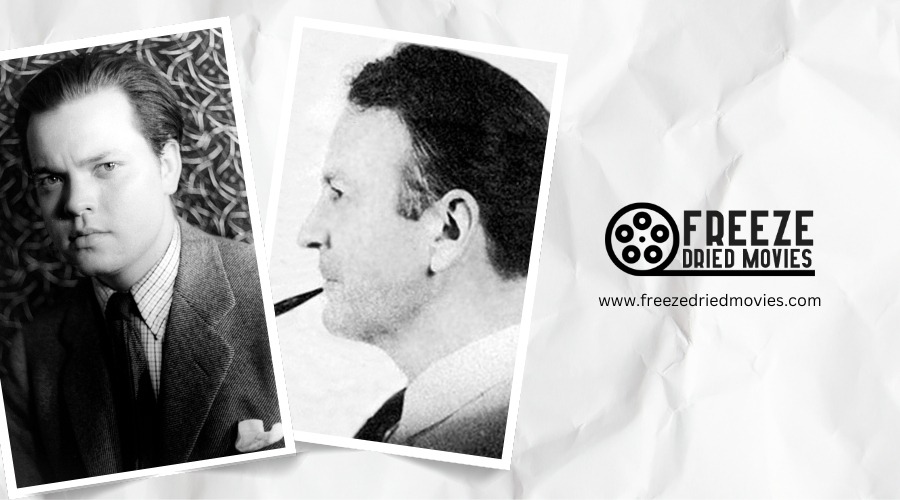What Movie Genre Dominated the 1960s?

Science fiction cinema ruled the 1960s, capturing public imagination with innovative films like 2001: A Space Odyssey and Planet of the Apes. You'll find this revolutionary genre transformed moviemaking through cutting-edge visual effects and complex themes that went far beyond simple alien invasion stories. While Westerns, spy thrillers, and counterculture dramas also left their mark, sci-fi's impact on Hollywood proved the most enduring. The decade's space-age storytelling would launch cinema into entirely new frontiers.
The Rise of Science Fiction and Space-Age Cinema
While many film genres flourished during the 1960s, science fiction emerged as a pioneering force that captured the public's imagination. You'll find that space-age cinema took center stage during this impactful decade, with groundbreaking films like 2001: A Space Odyssey and Planet of the Apes leading the charge.
Stanley Kubrick's innovative visual effects in 2001: A Space Odyssey revolutionized how you experience science fiction films, creating immersive worlds that were previously impossible to portray on screen. The genre evolved beyond simple alien invasion stories, tackling complex philosophical and social themes that struck a chord with audiences.
This creative explosion laid the foundation for future blockbuster franchises like Star Wars, cementing science fiction's place in Hollywood. The genre's success proved that viewers were ready for more sophisticated storytelling combined with state-of-the-art special effects. Films like The Phantom Planet demonstrated the growing appetite for space-themed adventures during this transformative era.

Western Films' Last Golden Era
Nostalgia and quest defined Hollywood's Western films throughout their final golden era of the 1960s. You'll find that the Western genre remained one of Hollywood's most reliable box office draws, even as the Baby Boomer generation began seeking fresh entertainment options.
While the studio era was winding down, Western movies continued to fascinate audiences through iconic stars like Clint Eastwood and Charles Bronson.
What's fascinating is how the Western connects Hollywood's past to its transforming future during this period. Though no longer dominating the top ten lists as it had in previous decades, the genre maintained a loyal following across multiple platforms, especially television.
As new genres gained momentum, traditional Western films gradually gave way to edgier fare, but their influence on Popular culture persisted, proving the enduring appeal of frontier storytelling.
The genre's enduring impact was exemplified by actors like John Wayne's Academy Award for his memorable performance in True Grit, solidifying the Western's artistic legitimacy.
Comedy's Evolution and Cultural Impact
As Westerns began to fade from their peak popularity, comedy films sparked a cultural revolution in 1960s Hollywood. You'll find that comedy became one of the decade's most influential genres, as filmmakers pushed beyond traditional slapstick and verbal humor to welcome bold new styles.
The rise of counterculture comedies like The Graduate and Dr. Strangelove challenged established social norms, introducing audiences to darker themes through black comedy and satire. These innovative films didn't just entertain - they reflected the era's changing attitudes and societal upheaval.
While comedy's prominence would eventually decline, its impact during the 1960s proved impactful, helping launch the New Hollywood movement and inspiring future generations of filmmakers. The genre's cultural impact redefined what audiences could expect from American cinema, creating a lasting legacy that extends far beyond the decade. This transformation mirrored the broader shift from vaudeville to stand-up, as comedians began tackling previously taboo subjects and offering biting social commentary.

The Emergence of Counter-Culture Drama
The revolutionary wave of counterculture drama in the 1960s marked a defining shift in American cinema. You'll find groundbreaking films like Bonnie and Clyde and The Wild Angels challenging traditional Hollywood storytelling with their bold mix of graphic violence, dark humor, and moral ambiguity.
The breakdown of the restrictive Hays Code and introduction of the MPAA rating system in 1968 gave filmmakers newfound creative freedom. Directors like Arthur Penn and Roger Corman led the charge in the emerging New Hollywood movement, crafting provocative films that reverberated with younger, politically-conscious audiences.
These counterculture dramas achieved both critical and commercial success by tackling controversial themes and reflecting the era's social upheaval. The studios' willingness to hand control to these innovative filmmakers altered American cinema forever.
Action Thrillers and the Spy Movie Phenomenon
Spy fever took hold of 1960s cinema, ushering in a golden age of action thrillers that would define the decade. You couldn't escape the wave of espionage films that enthralled audiences, with James Bond leading the charge after the massive success of Dr. No and Goldfinger. These spy movies transported you to exotic locations while dazzling with their high-tech gadgets and adrenaline-pumping action sequences.
The genre wasn't just about glamorous exploration, though. Films like The Ipcress File probed the darker side of Cold War espionage, while eminent director Alfred Hitchcock contributed his own take with Torn Curtain and Topaz. The spy thriller boom reflected the era's global tensions, combining entertainment with thought-provoking narratives about loyalty, deception, and moral ambiguity in a divided world.




